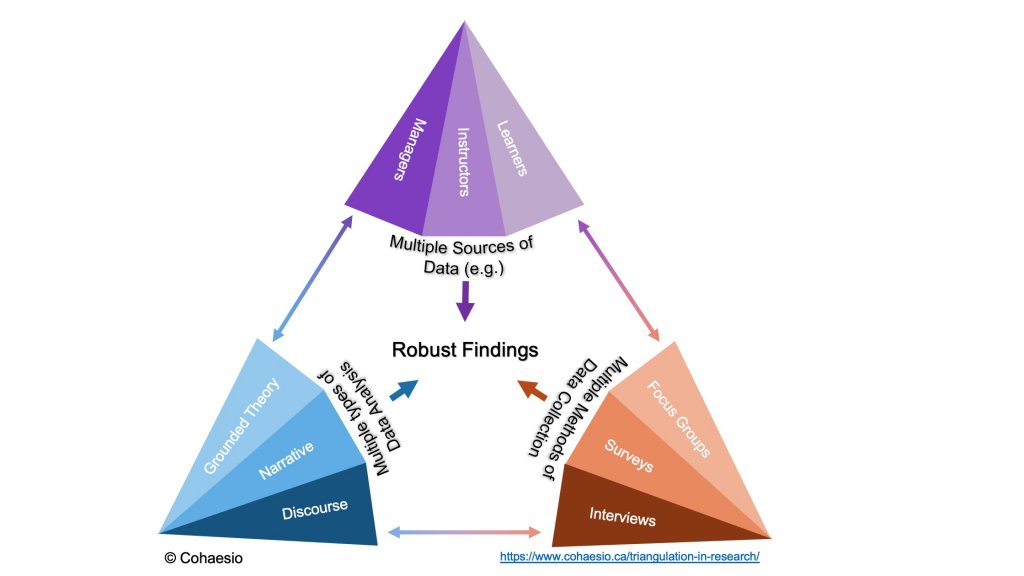Cartilage Repair Cartilage Regeneration Market Size & CAGR
The Cartilage Repair Cartilage Regeneration market is projected to reach USD 5.6 billion by 2023 with a Compound Annual Growth Rate (CAGR) of 6.8% during the forecast period. From 2023 to 2030, the market is expected to exhibit a steady growth rate of approximately 7.2% annually.
COVID-19 Impact on the Cartilage Repair Cartilage Regeneration Market
The COVID-19 pandemic had a significant impact on the Cartilage Repair Cartilage Regeneration market, causing disruptions in the supply chain, delays in clinical trials, and a decline in patient visits. However, the market has shown resilience and is expected to recover gradually as healthcare systems stabilize and demand for cartilage repair solutions increases.
Cartilage Repair Cartilage Regeneration Market Dynamics
The Cartilage Repair Cartilage Regeneration market is driven by factors such as rising prevalence of orthopedic disorders, technological advancements in regenerative medicine, and increasing healthcare expenditure. However, challenges related to high costs of treatment, limited reimbursement policies, and regulatory hurdles may hinder market growth.
Segments and Related Analysis of the Cartilage Repair Cartilage Regeneration market
The Cartilage Repair Cartilage Regeneration market can be segmented based on product type, application, technology, and end-user. Each segment offers unique opportunities for market players to address the specific needs of patients and healthcare providers, driving growth and innovation in the industry.
Cartilage Repair Cartilage Regeneration market analysis report by Region
Asia Pacific Cartilage Repair Cartilage Regeneration market report
The Asia Pacific region is poised to witness rapid growth in the Cartilage Repair Cartilage Regeneration market due to increasing healthcare investments, a large patient population, and growing awareness about regenerative treatments. Countries like China, Japan, and India are leading the way in adopting advanced cartilage repair technologies.
South America Cartilage Repair Cartilage Regeneration market report
In South America, the Cartilage Repair Cartilage Regeneration market is expanding as healthcare infrastructure improves, and more patients seek innovative orthopedic solutions. Brazil and Mexico are key markets driving growth in the region, supported by favorable government policies and increasing disposable incomes.
North America Cartilage Repair Cartilage Regeneration market report
North America dominates the Cartilage Repair Cartilage Regeneration market, driven by advanced healthcare systems, robust research and development activities, and high patient awareness. The United States and Canada are at the forefront of adopting cutting-edge cartilage regeneration technologies, making the region a hub for market innovations.
Europe Cartilage Repair Cartilage Regeneration market report
Europe is experiencing steady growth in the Cartilage Repair Cartilage Regeneration market, fueled by increasing investments in regenerative medicine research, supportive regulatory frameworks, and rising prevalence of musculoskeletal disorders. Countries like Germany, the UK, and France are leading contributors to market expansion in the region.
Middle East and Africa Cartilage Repair Cartilage Regeneration market report
The Middle East and Africa region are witnessing a growing demand for Cartilage Repair Cartilage Regeneration solutions, driven by a rising geriatric population, increasing sports injuries, and improving access to advanced healthcare. Countries like Saudi Arabia, the UAE, and South Africa are investing in healthcare infrastructure to meet the growing orthopedic needs of their populations.
Cartilage Repair Cartilage Regeneration market analysis report by Technology
The Cartilage Repair Cartilage Regeneration market offers a range of technologies for repairing and regenerating damaged cartilage, including cell-based therapies, tissue engineering, growth factor treatments, and gene therapy. Each technology has unique advantages and challenges, influencing its adoption and commercial success in the market.
Cartilage Repair Cartilage Regeneration market analysis report by product
The Cartilage Repair Cartilage Regeneration market features a variety of products such as scaffolds, autologous chondrocyte implantation (ACI) kits, microfracture instruments, and growth factor injections. These products play a crucial role in addressing cartilage defects, promoting tissue regeneration, and restoring joint function for patients with orthopedic conditions.
Cartilage Repair Cartilage Regeneration market analysis report by Application
The Cartilage Repair Cartilage Regeneration market serves diverse applications, including knee injuries, hip disorders, shoulder conditions, and spinal cartilage damage. Each application presents unique challenges and opportunities for healthcare providers, driving the development of specialized treatment approaches and technologies.
Cartilage Repair Cartilage Regeneration market analysis report by End-User
The Cartilage Repair Cartilage Regeneration market caters to various end-users such as hospitals, orthopedic clinics, ambulatory surgery centers, and regenerative medicine facilities. Understanding the specific needs and preferences of each end-user segment is essential for market players to develop tailored solutions and enhance market penetration.
Key Growth Drivers and Key Market Players of Cartilage Repair Cartilage Regeneration market and competitive landscape
The Cartilage Repair Cartilage Regeneration market is driven by key growth drivers such as increasing prevalence of osteoarthritis, rising demand for minimally invasive treatments, and growing geriatric population. Key market players operating in the Cartilage Repair Cartilage Regeneration market include:
- Smith & Nephew plc
- Vericel Corporation
- Zimmer Biomet Holdings, Inc.
- Arthrex, Inc.
- Collagen Solutions plc
Cartilage Repair Cartilage Regeneration market trends and future forecast
The Cartilage Repair Cartilage Regeneration market is witnessing significant trends such as the adoption of personalized treatment approaches, integration of artificial intelligence in diagnostics, and increasing collaborations between healthcare providers and research institutions. The future forecast for the market is optimistic, with continued advancements in regenerative medicine and growing patient awareness driving market growth.
Recent happenings in the Cartilage Repair Cartilage Regeneration Market
Recent developments in the Cartilage Repair Cartilage Regeneration market include:
- Smith & Nephew launched a new surgical technique for cartilage repair.
- Vericel Corporation received FDA approval for a novel cell therapy for knee osteoarthritis.
- Zimmer Biomet Holdings, Inc. announced a collaboration with a leading research institute for advanced cartilage regeneration solutions.
- Arthrex, Inc. introduced a next-generation microfracture instrument for treating cartilage defects.
- Collagen Solutions plc entered into a strategic partnership to expand its product portfolio in the cartilage repair market.



